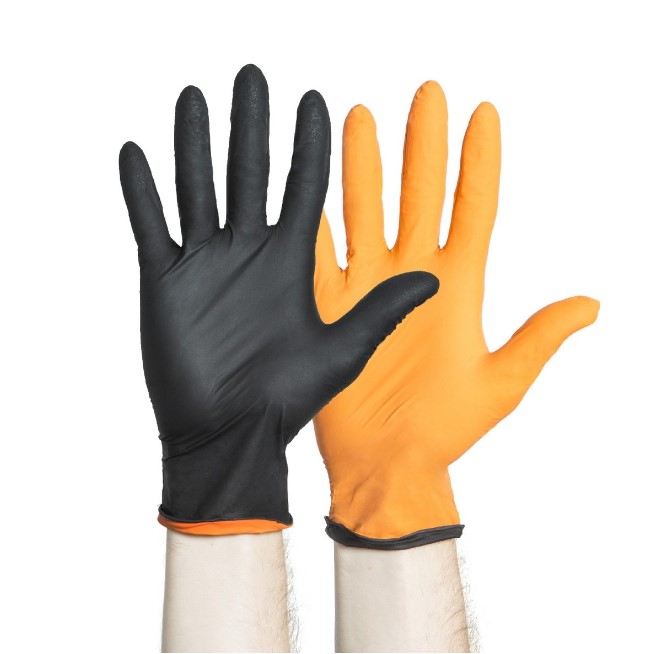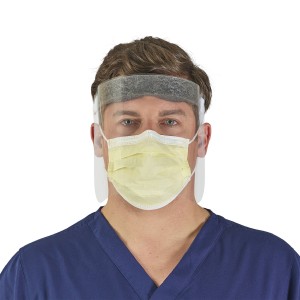Choosing the Best Cleanroom PPE: Gloves, Masks, and More
Last updated on June 26, 2024 11:10:00 AM
Cleanrooms are a part of the manufacturing process of a lot of common products we use every day. In order to protect both the devices and the employees, several parameters are rigidly controlled- from temperature and humidity to air quality and airflow. Depending on the process and product, there are different levels of “clean” that a cleanroom must adhere to. The International Organization for Standardization (ISO) identifies nine classes of cleanroom. However, it is not enough that manufacturers adhere to ISO standards for their class, they must also consider their employees and any potential contamination that may be introduced.
Choosing the right personal protective equipment (PPE) is critical for protecting the employees, products, and cleanroom standards. Cleanroom PPEs typically include:
- Gloves
- Hoods
- Caps
- Helmets
- Coveralls
- Overboots
- Face masks
- Goggles, or safety glasses
Gloves
Gloves are critical in cleanrooms since they are the part of the body closest to the product and work surface. The right gloves depend on a variety of factors including the ISO cleanroom class, sterility, tactility, strength, comfort, and fit. The material of the glove is also important and may vary with different processes. For some applications, gloves serve to protect the employee as much as the product while in other applications, gloves are mainly used to protect the sterile cleanroom environment from foreign particles.
Halyard PUREZERO Nitrile Gloves are perfect for cleanrooms due to their low particle count (guaranteed max 950 > 0.5μm/cm2 for white gloves, max 1200 > 0.5μm/cm2 for blue gloves) and protection against chemical splash, micro-organisms, and viruses. Halyard gloves are manufactured with an accelerator-free formulation which protects against skin allergies attributed to sulfur-based chemical accelerators used in other nitrile gloves.
Face protection
Another thing to consider when working in a cleanroom is face protection. Similarly to gloves, face protection may be used to protect the employee or the product/process, or both. Face protection may include goggles, safety glasses, face shields, and face masks. Prescription glasses or contacts are not enough to protect the eyes.
Halyard SAFEVIEW eyewear is fog-resistant, lightweight, and disposable and can be worn over regular eyeglasses. All parts are natural rubber latex-free and are available pre-assembled or lenses and frames may be purchased separately. Halyard face shields feature a wide elastic headband, a foam front band, and are fog-resistant and clear, to offer maximum visibility.
Cleanroom attire
Lastly, cleanroom attire offers the rest of the body protection against foreign particles and helps keep the cleanroom to standard. Depending on the cleanroom class, a variety of attire may be necessary. These include overboots, coveralls, caps, and hoods.
The most common cleanroom levels are ISO4 Class 10, ISO5 Class 100, ISO6 Class 1000, ISO7 Class 10,000 and ISO8 Class 10,000. The higher the number, the stricter the cleanliness requirements and the more protection is required. Additionally, different industries require different levels of cleanrooms. For example, pharmaceutical and medical device manufacturing require complete body coverage while mechanical components manufacturing cleanrooms have far less strict cleanliness requirements.
The difference between the least strict and most strict requirements include the donning of a hood, coveralls (and intersuit under the coveralls), as well as boot covers. Furthermore, the least strict cleanroom environment requires using new attire twice a week while the most strict environment requires new attire with each entry to the cleanroom.



